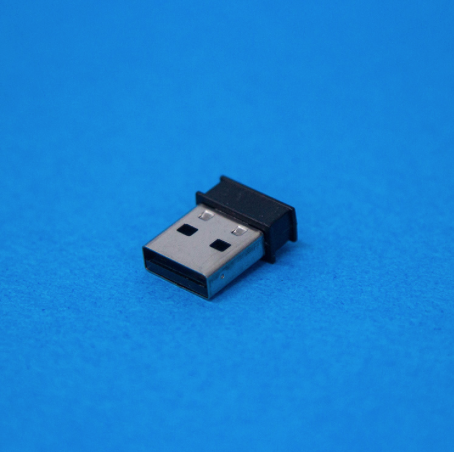Transition From Traditional Couponing to Loyalty
One of the revolutionary steps lays on the capability to integrate couponing into digital loyalty programmes, which themselves are evolving to keep pace with consumers’ behavioural patterns.
In the United States, several retailers, including for example Walmart and Costco, have millions of loyalty card holders. According to the market research company Colloquy, consumers in the US collectively hold about 2.7 billion loyalty cards.
Surveys conducted by both Colloquy and Capgemini also suggest that activity rates within those loyalty schemes in the US are less than 50%. In many cases, the range of offers and benefits provided by were not perceived as relevant from the consumers.
The best part of the digital loyalty card programme (but also paper/plastic) is that it eliminates the need for paper coupons. The consumer loads offers and promotions onto the card, and those points can then be redeemed at the offline or online store. However, in case of digital loyalty cards, the need for paper or plastic is fully eliminated.
There is an increasing demand amongst consumers for loyalty schemes to be integrated into mobile apps. A 2014 survey by Technology Advice found that about 60% of 3000 loyalty scheme users ‘would be more likely to join a digital loyalty program that was offered through a mobile app’.
The Rise of Beacon Technology
There is a significant trend from brands and retailers to offer coupons which are based around location-smart delivery mechanisms, be it NFC, Wi-Fi, Bluetooth or GPS. Brands have recognised that coupons with a location element typically experience higher redemption rates than those without, particularly in the form of immediate purchases.

Beacon technology defines the location of a smart device using BLE (Bluetooth Low Energy) signals. If a consumer with an enabled device has Bluetooth switched on and is in the proximity of a beacon transmitter, the transmitter will recognise the device and can push relevant content and info to that device. The beacon range can be adjusted so that some messages are pushed to devices whenever a customer enters a store, whereas other notifications will only appear when a consumer is in a particular section or in front of a particular item.
NOTE: If you want to learn more about beacons, please read How Beacons Work With Passes: Customer Engagement
Digital Loyalty & Mobile Growth
Advertising on mobile has been growing since the advent of SMS services. Bulk SMS services became ubiquitous with advertisers who wanted to get their message across to customers, a method seen as intrusive and annoying by most mobile users.
As the number of consumer mobile connections has grown, so has the opportunity for mobile advertising. Increases in mobile browsing and in the number of applications downloaded per smartphone have led to more possibilities for marketers to place ads in viewable locations.
Digital Loyalty: Reach And Customer Engagement
As mobile phone users have their mobile phones with them most of the time, mobile devices also provide further opportunities in terms of reach and engagement compared to desktops and non-digital channels, such as newspapers.
A Market Report from Ofcom found that about 30% of users now see their smartphone as their main means of browsing.
Future Trends and Forecasts
- Juniper Research forecasts that the digital loyalty marketing spend for retail will reach $362+ billion by 2020, more than double the $174 billion of 2015.
- Several retailers have already deployed beacon networks. Significant opportunities exist: more than 1.5 billion coupons will be delivered annually to consumers via beacon technology by year 2020.
- Brands with competitive advantage will be those who will be able to capitalise on the available data they collect on consumer habits and interests, leading to the implementation of targeted marketing messages. Taking this one step further, there is also going to be a shift to hyper-personalisation: companies will effectively create individualised engagement across all brand offers, reinforcing the scale of loyalty from their customers.
- Some retailers already have this method in place. Netflix, for example, reported that recommendations made via hyper-personalisation accounted for about 60% of its accounts in year 2014.
This is the end of the article, if you liked it or have something to say, please feel free to leave any question or feedback in the comment section below. You might also want to read the article Traditional Marketing is Becoming Obsolete.















